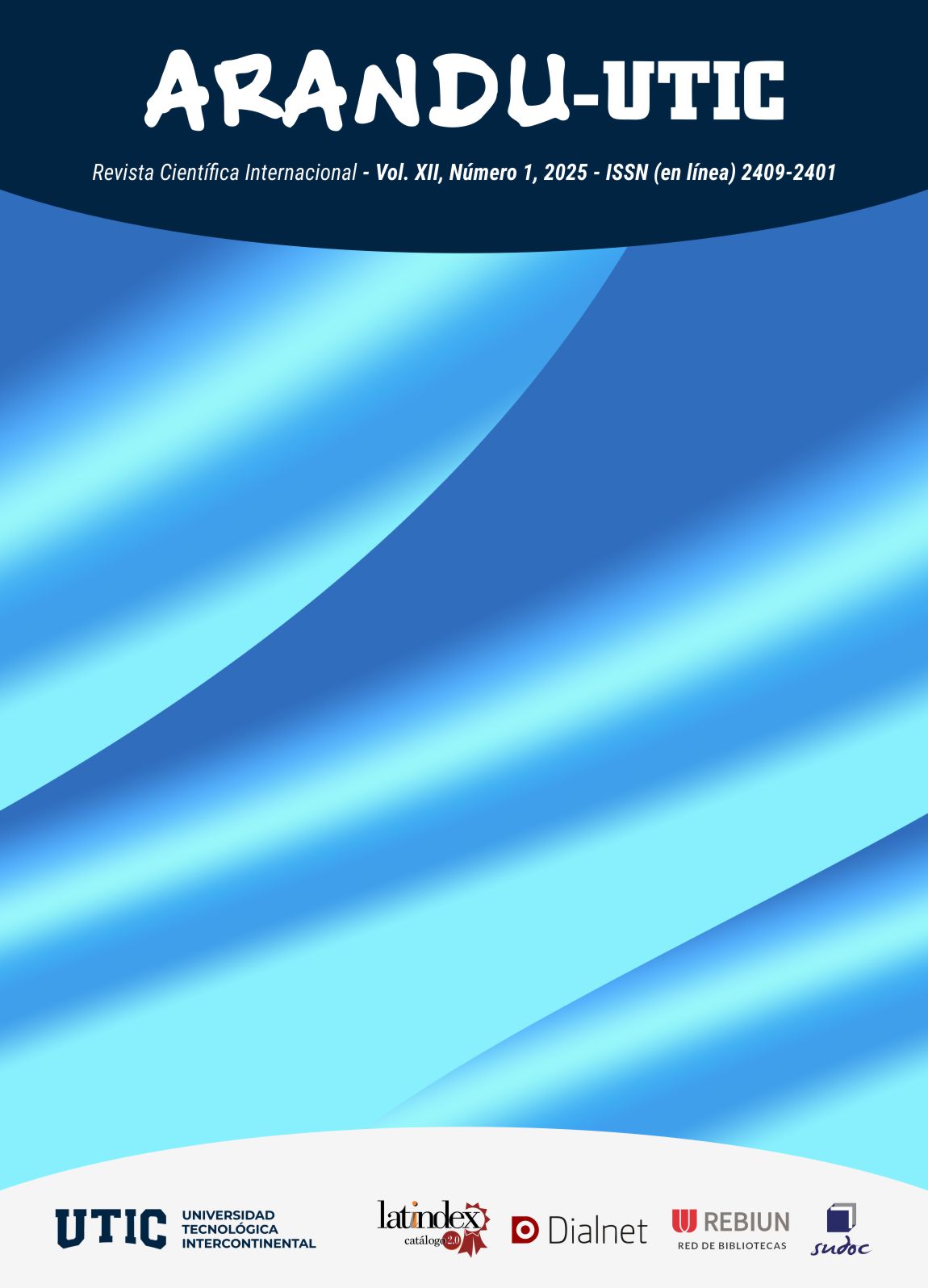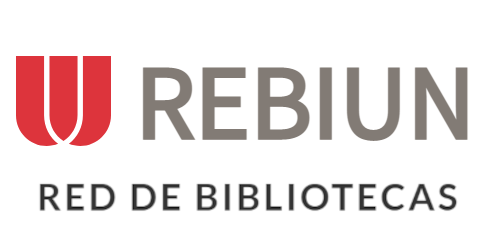Uso de Nanopartículas en la Administración de Fármacos Veterinarios: Avances y Perspectivas en Especies Mayores y Menores
DOI:
https://doi.org/10.69639/arandu.v12i1.752Palabras clave:
nanopartículas, liberación controlada, fármacos veterinarios, bioseguridad, nanotecnología aplicadaResumen
El uso de nanopartículas en la administración de fármacos veterinarios ha revolucionado la medicina en especies mayores y menores, optimizando la liberación controlada de principios activos y reduciendo efectos adversos (Summonte et al., 2024). En bovinos y equinos, su aplicación en antiinflamatorios y antiparasitarios ha permitido una mayor persistencia del fármaco y una menor frecuencia de administración (Scialla et al., 2023). En rumiantes, la encapsulación de ivermectina ha mejorado su eficacia y reducido la resistencia parasitaria (Zheng et al., 2024). En perros y gatos, las nanopartículas han sido clave en el desarrollo de fármacos oncológicos y neuroprotectores. Su uso en nanopartículas lipídicas ha facilitado el tratamiento de enfermedades como epilepsia y Parkinson, además de mejorar la efectividad de la quimioterapia (Saji et al., 2025; Hanafy et al., 2023). Otro avance es su aplicación en vacunas veterinarias, mejorando la estabilidad y la respuesta inmune en aves y cerdos (Bhattacharya et al., 2020). Sin embargo, su adopción enfrenta desafíos relacionados con bioseguridad, regulación y costos de producción (El-Nablaway et al., 2024). La nanotecnología sigue posicionándose como una herramienta clave en la farmacología veterinaria, aunque su implementación a gran escala requiere optimización en los procesos de fabricación (Nayak et al., 2024).
Descargas
Citas
Al-Qadri, H., Khan, M. S., & Ahmad, M. (2020). Advance and opportunities in nanoparticle drug delivery for central nervous system disorders: A review of current advances, 1425-1440. https://doi.org/10.30574/gscbps.2024.27.3.0222
Andino Rueda, L. I., et al. (2023). Nanotecnología aplicada a la salud animal: Avances, potencial y retos. Ciencia Latina Revista Científica Multidisciplinar, 8(6), 11752-11766. https://doi.org/10.37811/cl_rcm.v8i6.15988
Bredesen, D. E., & Rao, R. V. (2017). Ayurvedic medicine and the treatment of Alzheimer's disease: A case report. Journal of Alzheimer's Disease, 59(4), 1183–1189. https://doi.org/10.3233/JAD-170272
Bhattacharya, M., et al. (2020). Release of functional dexamethasone by intracellular enzymes: A modular peptide-based strategy for ocular drug delivery. Journal of Controlled Release, 327, 584–594. https://doi.org/10.1016/j.jconrel.2020.09.005
El-Nablaway, M., Rashed, F., Taher, E. S., et al. (2024). Prospectives and challenges of nano-tailored biomaterials-assisted biological molecules delivery for tissue engineering purposes. Life Sciences, 349, 122671. https://doi.org/10.1016/j.lfs.2024.122671
Fang, J., et al. (2024). The EPR effect: Unique features of tumor blood vessels for drug delivery factors involved and limitations and augmentation of the effect. Advanced Drug Delivery Reviews, 63(3), 136-151.
Gallo, J., et al. (2023). Targeted treatment of triple-negative breast cancer through pH-triggered tumour-associated macrophages using smart theranostic nanoformulations. International Journal of Pharmaceutics, 632, 122575. https://doi.org/10.1016/j.ijpharm.2022.122575
Gálvez Pérez, V., & Tanarro Gózalo, C. (2010). Toxicología de las nanopartículas. Seguridad y Salud en el Trabajo, (56), 24-31. Recuperado de
https://documentacion.fundacionmapfre.org/documentacion/es/media/group/1059140.do
Hanafy, M. S., Wang, J., Genicio, N., et al. (2023). Targeted counteracting of overactive macrophages by melittin stable-loaded solid lipid nanoparticles alleviates cytokine storm and acute inflammatory injury. Biomedicine & Pharmacotherapy, 179, 117371. https://doi.org/10.1016/j.biopha.2024.117371
Hu, M., Ge, X., Chen, X., Mao, W., Qian, X., & Yuan, W.-E. (2020). Micro/nanorobot: A promising targeted drug delivery system. Pharmaceutics, 12(7), 665. https://doi.org/10.3390/pharmaceutics12070665
Machmud, R., Putri, N. S., & Setiawan, A. (2021). Application of nanotechnology in equine inflammatory diseases: A novel therapeutic approach. Journal of Veterinary Pharmacology & Therapeutics, 44(5), 325-339. https://doi.org/10.1111/jvp.12902
Manasa, C. M., Likhitha, U., & Nayak, U. Y. (2024). Revolutionizing animal health: A comprehensive review of long-acting formulations. Journal of Drug Delivery Science and Technology, 101, 106226. https://doi.org/10.1016/j.jddst.2024.106226
Nayak, U. Y., et al. (2024). The impact of formulation attributes and process parameters on black seed oil-loaded liposomes and their performance in animal models of analgesia. Saudi Pharmaceutical Journal, 25, 404–412. https://doi.org/10.1016/j.jsps.2016.09.011
Scialla, S., Hanafy, M. S., Wang, J.-L., et al. (2023). Targeted treatment of triple-negative breast cancer through pH-triggered tumour-associated macrophages using smart theranostic nanoformulations. International Journal of Pharmaceutics, 632, 122575. https://doi.org/10.1016/j.ijpharm.2022.122575
Sekar, S., Lee, Y., Kim, D. Y., & Lee, S. (2019). Substantial LIB anode performance of graphitic carbon nanoflakes derived from biomass green-tea waste. Nanomaterials, 9(6), 871. https://doi.org/10.3390/nano9060871
Speruda, M., et al. (2019). An evaluation of the antibacterial properties and cytotoxicity of spherical silver nanoparticles. Nanomedicine: Nanotechnology, Biology and Medicine, 15(1), 517-529. https://doi.org/10.1016/j.nano.2018.11.001
Summonte, S., Ricci, F., & Sandmeier, M. (2024). Phosphatase-degradable nanoparticles providing sustained drug release. International Journal of Pharmaceutics, 654, 123983. https://doi.org/10.1016/j.ijpharm.2024.123983
Tite, T., Rahman, M. A., & Al-Jamal, K. T. (2019). Impact of nano-morphology and surface modifications on the performance of biosensors in inflammation detection. Biosensors & Bioelectronics, 130(3), 104-115.
Zhang, L., et al. (2024). Magnetic navigation of nanorobots for targeted therapy in aneurysms: A preclinical study. Science Robotics, 9(72), eabc1234.
Zheng, Y., Ye, N., Yang, Y., et al. (2024). Targeted counteracting of overactive macrophages by melittin stable-loaded solid lipid nanoparticles alleviates cytokine storm and acute inflammatory injury. Biomedicine & Pharmacotherapy, 179, 117371. https://doi.org/10.1016/j.biopha.2024.117371
Publicado
Cómo citar
Número
Sección
Licencia
Derechos de autor 2025 Dioselina Esmeralda Pimbosa Ortiz, Juan Sebastián Escaleras Córdova

Esta obra está bajo una licencia internacional Creative Commons Atribución 4.0.





















